This is the fifth installment in a series of posts about our scooter trip around West Africa. If you need to catch up: Part 1, Part 2, Part 3, Part 4.
We were on our way to Doucki, a village in the Fouta Djallon, a region of the Guinean highlands populated largely by Fulani. We had long heard tales about the natural beauty of the Fouta, and while we were running short on time (or I was at least), we were excited to explore it.
Simon from the Little Baobab had referred us to Hassan Bah (pictured lounging on a rock above), a guide based in Doucki. Somewhere after Labé we phoned Hassan, and he indicated where we would need to turn off the paved road in order to make it to his village.
The unpaved road deteriorated almost immediately after we turned onto it. What started as loose gravel and sand turned into an up-and-down staircase of jagged rocks. I crept along in first gear trying to avoid a puncture and further damage to my already displaced foot brake.
Every now and then we passed through a village and asked if we were on the right road. We also asked how much further it was to Doucki. The answer was always the same: “Tchieeeeee!!! Doucki?? C’est loin !!!!” (It’s far). It was almost as if Doucki was moving away from us as we drove towards it.
So we were driving these jakartas on a staircase of rocks and the distance to our destination was ostensibly increasing. Otherwise, it was a very enjoyable ride. Every time we stopped in a village, we received warm greetings and had funny conversations with residents who were confused and intrigued by the strange contraptions we were riding.
It was getting dark when we arrived in Doucki. Hassan welcomed us and showed us to our bungalows, which were built with thatch roofs that nearly touched the ground. This feature of Fulani architecture helps maintain a cool interior, but it makes it treacherous to get in or out if you are over four feet tall.
We had a delicious supper of sauce arachide (peanut sauce) with fish and rice, and oranges for dessert. We then chatted with Hassan and made a plan for the following day. Hassan was a character. He often spoke in acronyms. As in, “DIR” (dinner is ready) or tomorrow we are going to go on a “KAH” (a Kick Ass Hike). He had spent time with Peace Corps volunteers many years ago, and they helped him come up with his highly marketable hikes, such as “Chutes and Ladders” and “Indiana Jones.” They also seemed to have taught him (or perhaps it was some of the many tourists that visit him) a good amount of vernacular English that you normally wouldn’t hear from an older Fulani man living in the highlands of Guinea.
Hassan was a lovely man, but some of his tricks as a guide, like obsessively pointing out rocks that looked like animals, wore on us. On the other hand, it was easy to see that he was a pro and that he would be quite charming to a group of tourists.
Our early morning “Indiana Jones” hike began on a plateau. We walked through clusters of bungalows, past avocado trees and coffee plants. We arrived at a clearing with impressive views of the valley below. Despite gusting winds and uneven terrain, I decided to try and fly Oumou the drone. This was misguided. I had to land her on the small rectangular rock where Matt, Hassan and I were standing. Once I put her down, a gust of wind started pushing her forward. She tilted 45 degrees and snapped off two propellers into the rock. I then sliced my hand trying to grab the drone (even more misguided).
We descended into the valley where we walked through the dark and cool channels that ran between towering slabs of rock bursting with ferns and vines. The Fouta is truly a spectacular place.
Sorry for the poor pictures. I will blame low light and my camera phone.
The hike was deservedly called the “Indiana Jones” hike. There were caves, climbing vines and several narrow passages that would give you a panic attack if you were claustrophobic.
We got back to Hassan’s place in the early afternoon. We planned on eating lunch before heading back to Labé. There was one complication. During the night, my rear tire had gone flat. It surely took a puncture on the wild ride leading into Doucki. Thankfully, Matt had all the needed parts and changed the inner-tube without issue.
We once again set out on the road from hell, arriving in Labé several hours later. We pulled into the tranquil Hotel Tata, where we were quickly soothed by cold beers. Tata herself showed us to our room, which was clean and comfortable.
Back at the bar, we met up with Conrad, a German who we had somehow crossed paths with on the road to Doucki. His wife was from the Fouta, and he had lots of interesting things to say about Guinea and international development. For dinner, Tata made us some of the best pizza we have had in West Africa. It turns out that she spends the rainy season (low season for tourists) in Italy each year with her husband.
After dinner, we hopped onto moto taxis and went for a cruise around town. The moto taxi drivers wore fluorescent orange vests, and they rode bikes that were considerably more robust than our measly jakartas. Their bikes also had a more effective suspension system in which the front of the bike is more or less independent from the rear, which is perfect for the roads of the Guinean highlands. As a passenger it was like riding on a millipede that goes 70 kilometers per hour.
We raced around town in search of cold beers. It was not an easy mission. Labé is not well electrified and the refrigeration of beers is understandably not a top priority (Labé and the Fouta are largely Muslim). We went into one bar where we scored lukewarm cans of Faxe beer. Faxe is some kind of Danish beer that has a viking man as a logo. It was revolting.
I do not recommend this beer
Eventually we ended up at Albatross, one of the main (one of 3) nightclubs in town, where we found mildly chilled cans of Guiluxe. The club was dead and wasn’t likely to get going for several hours. Matt “dipped the lights” (he went back to the hotel to go to sleep) as he would say, while I lingered and chatted with the manager and DJ for a bit. Afterwards, I hopped on a moto taxi to go back to Hotel Tata.
After about 15 minutes of riding, I looked around and realized we were on the road that was leading towards Pita and that godforsaken road that goes to Doucki. I told the driver to stop so I could pull up Google Maps. There isn’t much electricity in Labé, but there is 3g. In many places in West Africa, mobile technology and communications have leapfrogged basic infrastructure. Sure enough, we were about five kilometers outside of Labé. After a frank discussion with the driver, Google Maps lead us back to to the hotel.
The next day, we began what would be a three day marathon to get back to Bamako. We did not know what to expect from the roads. We heard varying tales from “pas de problème” to the dreaded “bombé” (see this post to understand bombé). In any case, we prepared for the worst.
The worst never came, and while the road was sporadically unpaved (it looked like it had been stripped in anticipation of new road work), it was an absolutely gorgeous drive out of the highlands. We blazed ahead towards Dabola, stopping for lunch at a large traffic circle, the crossroads to Mamou. I ate a questionable lunch of sandy riz-sauce. The sauce was tasty, but there was a bit too much gristle for my liking. The two women cooking and selling the food were a joy, though.
In Dabola, Matt somehow found a hotel that had hot water and air-conditioning. They also had a bar and a restaurant, where we enjoyed a few guiluxes and massive plates of poulet braisé with chips and the house made chili sauce while somehow watching 6 nations rugby on the hotel TV.
The Guinean Franc is not a strong currency (you can look up the history, France played quite a sinister role in that affair), and you can only withdraw about 30 euros at a time.
After Dabola, we blasted towards KanKan, the third largest city in Guinea, and a center for Mandé culture in the region. The road had deviations every two kilometers or so, but it was not bombé. Eventually we were on a flat, paved road. We were out of the highlands and inching back towards the Sahel.
Early morning pit stop on the road to KanKan. Espresso and biscuits served by a friendly guy from Sierra Leone.
In Cisséla, we were flagged down at a police checkpoint and “fined” for having expired carte grises. They weren’t expired, so we effectively had two choices: (1) go with the police to a station somewhere, argue our case, hope to win, and get back on the road many hours later or (2) negotiate. We chose to negotiate. As we negotiated, the police stopped every passing vehicle and motorbike. These guys were on a mission. By the end of it, we were all good friends, and we had a piece of paper that we could flash at every police checkpoint until the border. In nearly 4,000 kilometers of overland travel in West Africa, this was our first interaction with crooked police.
In KanKan, we stopped for refreshment and a delicious lunch of poulet braisé.
Our spirits were high when we left KanKan. We had a pouch of cold guiluxes, and we planned on having a relaxing evening at a bush camp of our choosing. Of course, my rear tire, which was previously punctured in the Fouta, went flat as we were rolling out of town. There was a service station nearby, and I walked it over there in hopes of changing the inner-tube. We quickly received offers of help, but unfortunately the dude that ended up patching the inner-tube did not do a good job. The tire blew less than a kilometer after we got back on the road.
I walked the bike to another service station, but this one was either long abandoned, or it had never been finished. The sun was setting now, and a bush camp was increasingly out of reach. A man named Cheick Kone received us at the abandoned service station. He was the guardian tasked with watching over the property. While this would be unsurprising to anyone that has traveled in West Africa, I have to say that Cheick was exceptionally generous, helping us get a new inner-tube from a nearby village and inviting us to pitch our mosquito nets next to his.
Matt once again labored over my rear tire, this time in near darkness. Afterwards, he tried to take a bucket shower, but he was repeatedly harassed by a flock of chickens. In the meantime, I managed to run over Matt’s phone while moving my bike. Somehow it still functioned, but I felt quite poorly due to the amount of misfortune I was bringing to the table.
At last, we cracked open a few beers and enjoyed the evening breeze. I then slept like a log, so much so that I did not hear my tire explode. When I woke up, the tire was once again flat, and Matt mentioned hearing it pop sometime in the night. Cheick immediately volunteered to help. He raced to his village to get a new inner-tube, and we were able to get on the road only an hour and a half or so after sunrise. We gave Cheick a bit of a cadeau as we said goodbye, and then we sped off for Siguiri.
Time to get cleaned up before we arrive back home.
That’s our river! This was our first time seeing the Niger this far from Bamako.
When people say “catering” with a French accent it sounds an awful lot like “Catherine,” so this sign is understandable.
Cactus fence to keep out the goats. Spotted throughout Mali near the Guinean border.
We grabbed lunch in Siguiri, but didn’t linger for long. We were already caught in Bamako’s orbit, and we were both excited to get back home. We cruised through the border and made a beeline to Siby, where we made a brief pit stop at Hotel Kamadjan. We arrived back in Bamako during rush hour. Of course, the 20 minute ride from Sebenikoro to Badalabougou was probably the most dangerous part of our trip. But we were soon in the courtyard of the sleeping camel, amongst friends, and I was soon at home with Bintou and Andre.
We’ve since been back for a couple of months. While there is nothing better than being with Bintou and Andre, cruising around West Africa on a jakarta is a close second, and I look forward to many future expeditions. We are in the planning stages to launch different versions (some weeklong trips, two-weeks, and longer) of this trip for travelers at the end of this year into early 2018. If it works out, Bintou and Andre will travel to Casamance and we will base ourselves there for a couple of months as Matt and I run the tours.
If you are interested in these trips, you can join the email list at ScootWestAfrica.com. You can also check out this video that Matt made with footage from the trip:
We plan on putting up a few more videos in the coming months as we release more information and the trip dates. Stay tuned 🙂


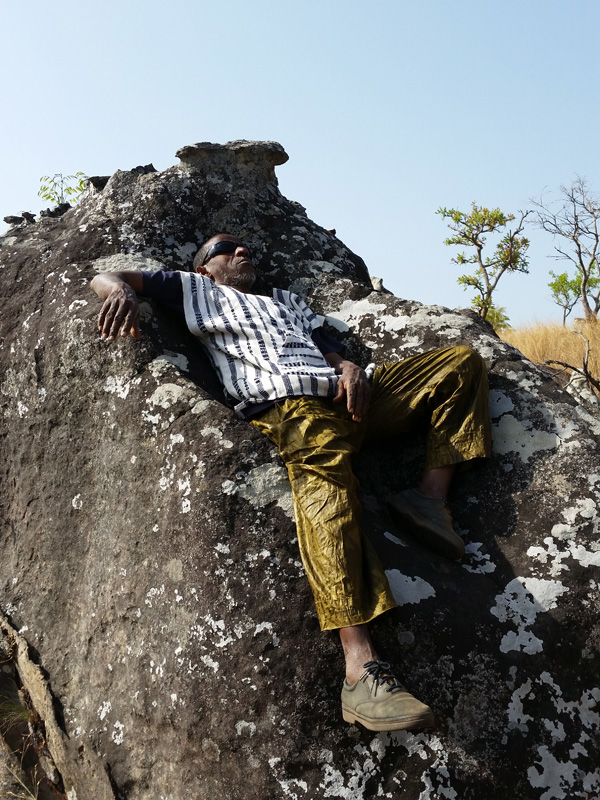
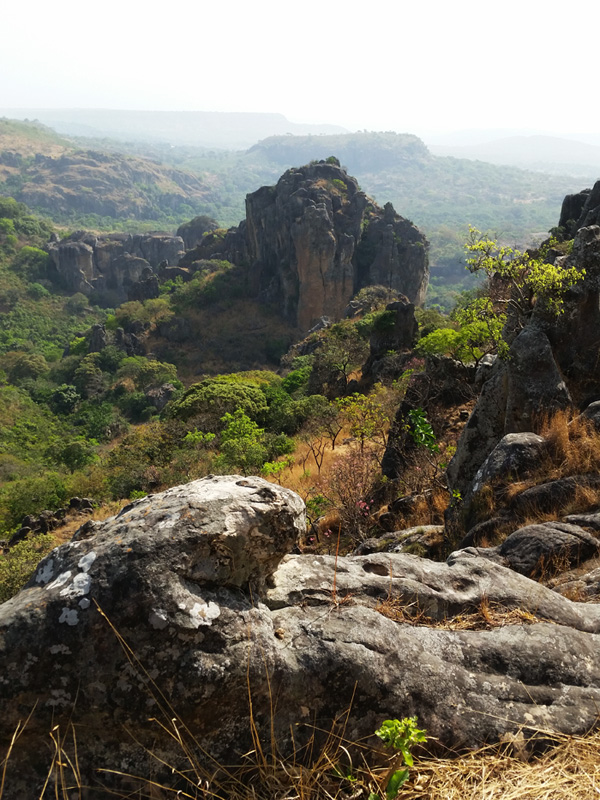

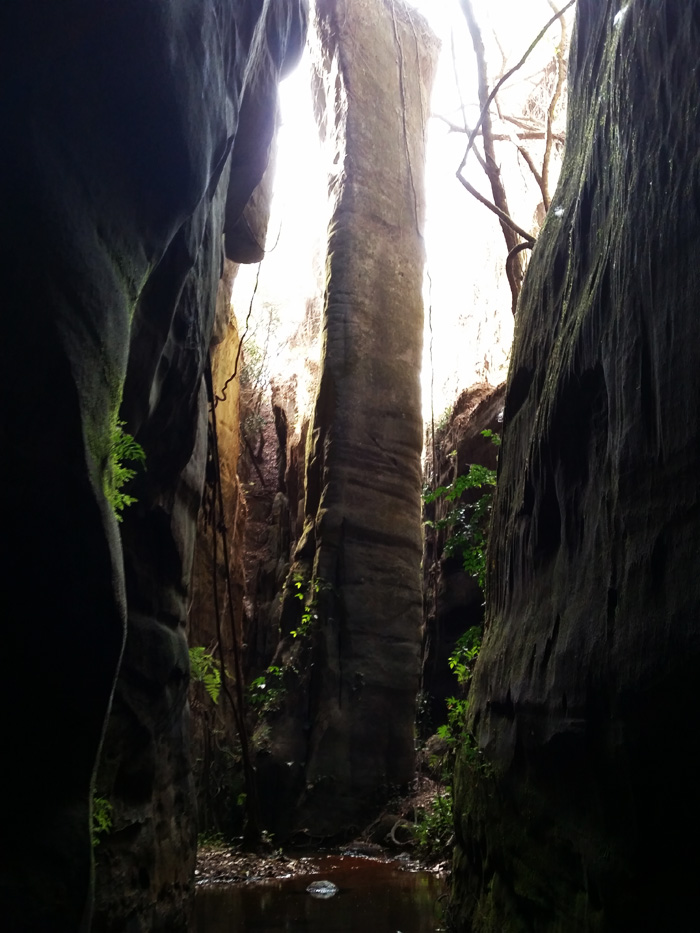
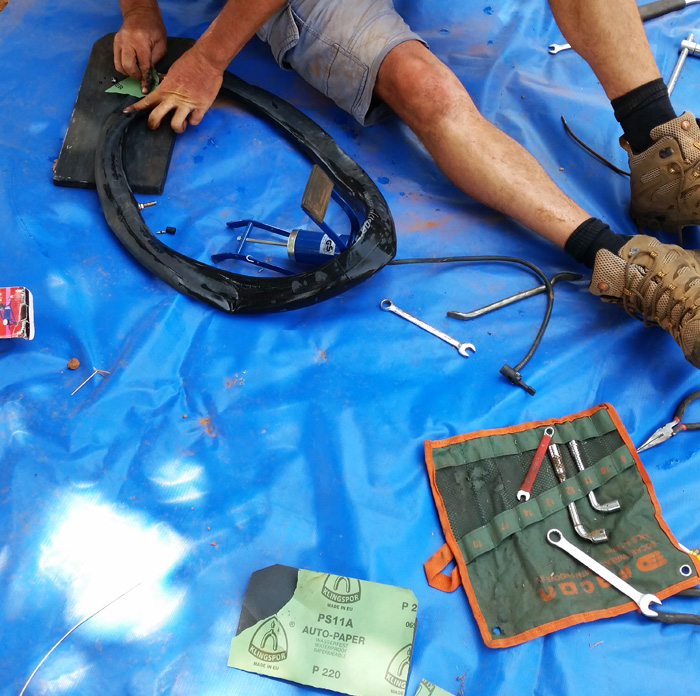
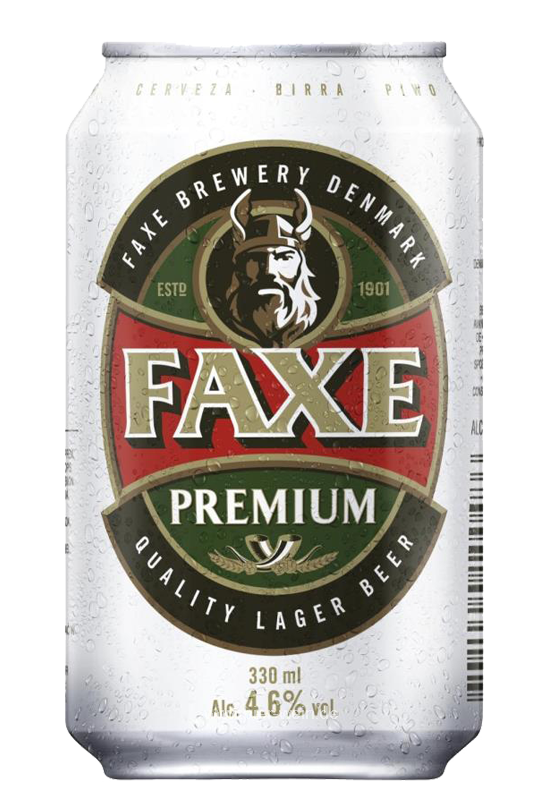

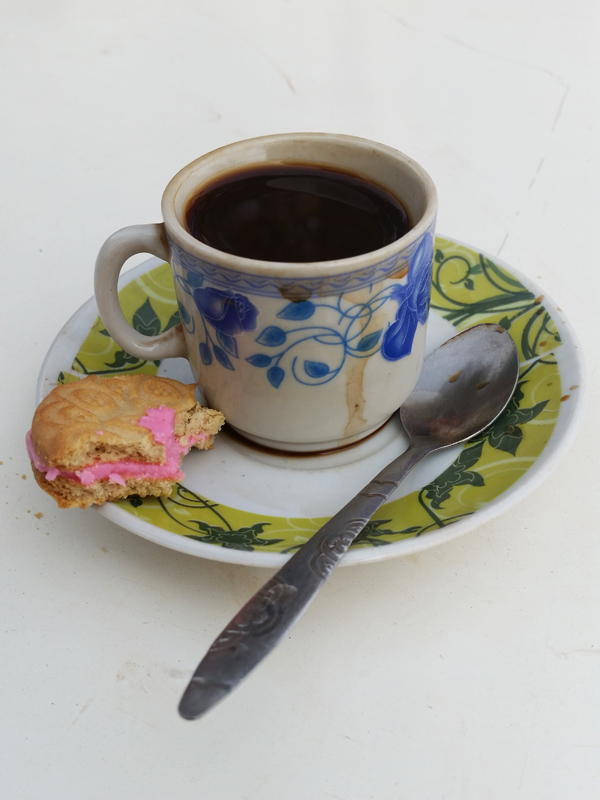

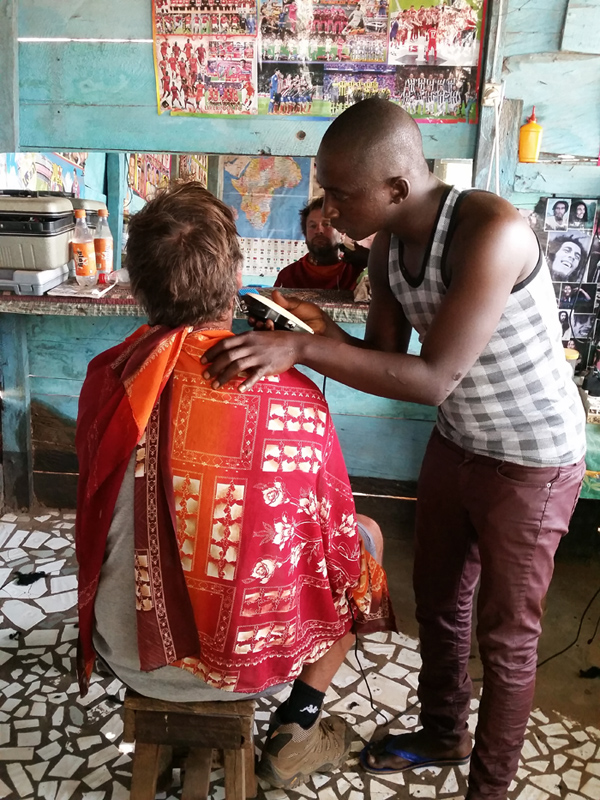
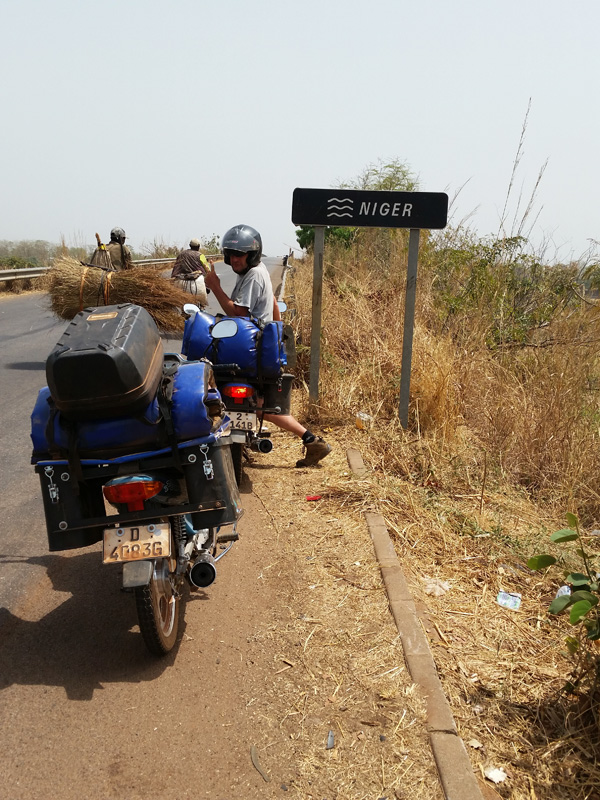
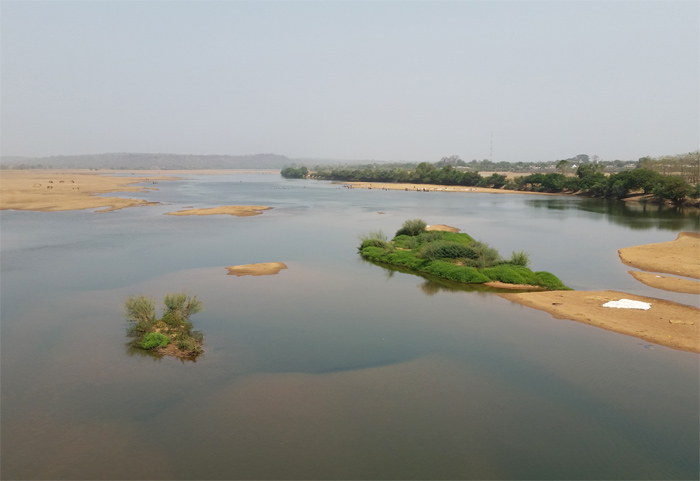
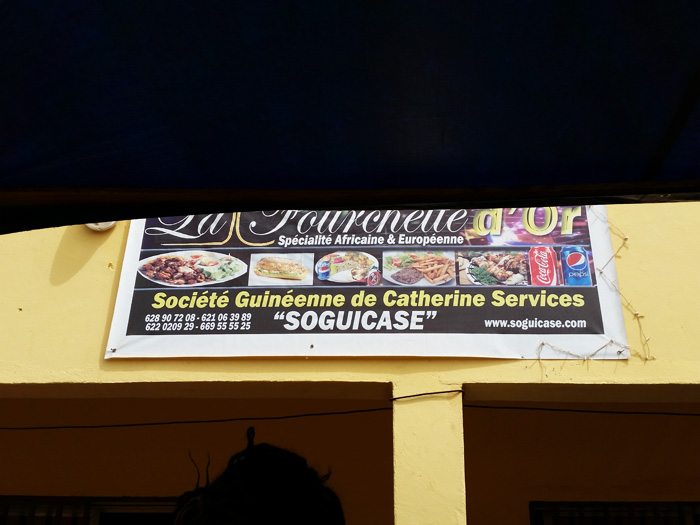
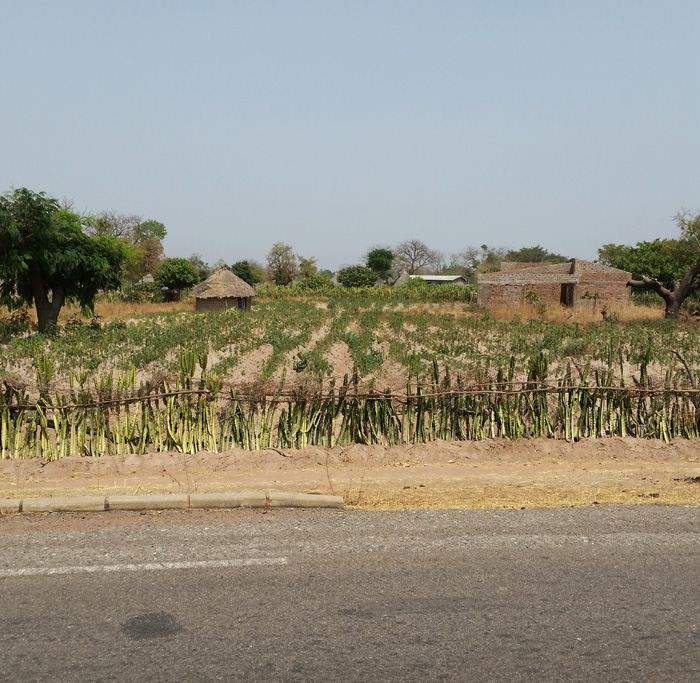
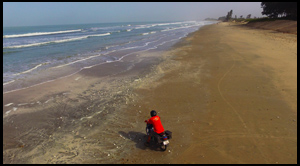
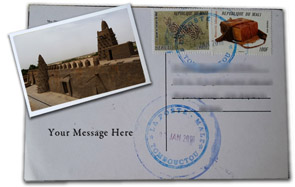
0 Comments